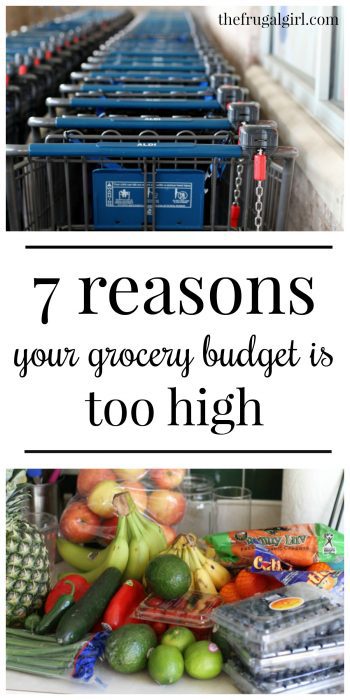
I know…a LOT about current grocery prices is completely out of our control! Inflation is just nuts.
But if you make these 7 mistakes, your bill might be higher than it needs to be. 😉
1) You’re shopping at the wrong store.
While you can find bargains at almost any store, where you shop does have a huge effect on your grocery bill.
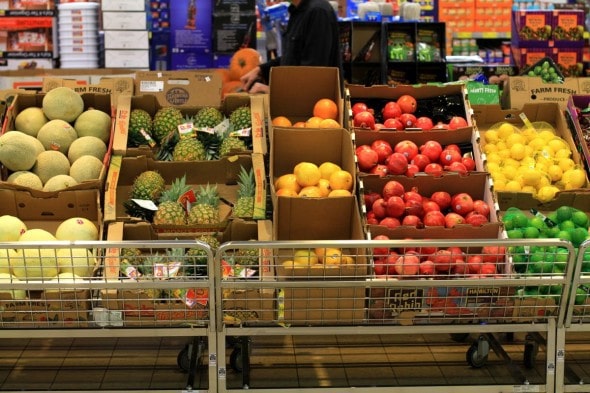
If you’re lucky enough to live in an area with multiple grocery stores, explore them all and figure out which one has the lowest prices overall.
It may seem small, but the difference of $0.25-$0.50 on 100 weekly items really adds up!
(If you have an Aldi grocery store in your area, DO give it a try. Aldi has insanely good prices and their food is just as good as what’s carried in larger grocery stores.)
2) You’re buying more than you can use.
Americans throw away 40% of our food.
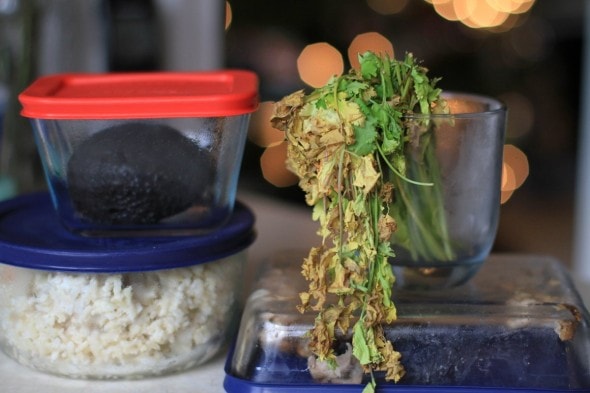
This means on average, each household is chucking $2, 275 of food in the trash each year. That’s $189 a month!
Want to keep that money in your pocket? Here are ten ways to stop wasting food.
3) You’re buying disposable goods.
I’m not going to suggest you give up toilet paper, but a lot of other disposable goods are pretty simple to give up.

Use real towels to dry your hands, use a washcloth to wipe your counters, and put leftovers into containers instead of bags.
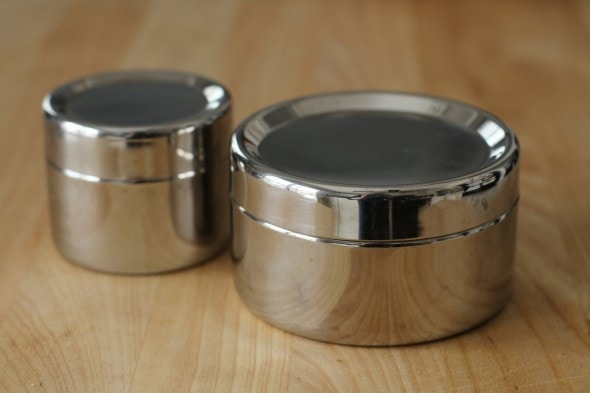
(Here are some of my favorite reusable containers.)
If you have a dishwasher, using real dishes instead of plastic or paper plates is super easy.
And if your household is small, real dishes aren’t even that hard to wash by hand.
4) You’re buying not-so-convenient convenience foods.
Honestly, most of what’s in the grocery store today is convenience food in some sense. We’re not buying chickens with feathers on them, after all, and that saves us a lot of time and mess.
But some convenience foods shave mere minutes off of food prep time while costing 2-3 times more.
For instance, a frozen smoothie mix consists of frozen berries with frozen yogurt chunks. You can just as easily pick up a container of yogurt and a bag of frozen fruit, and you’ll get a lot more bang for your buck.
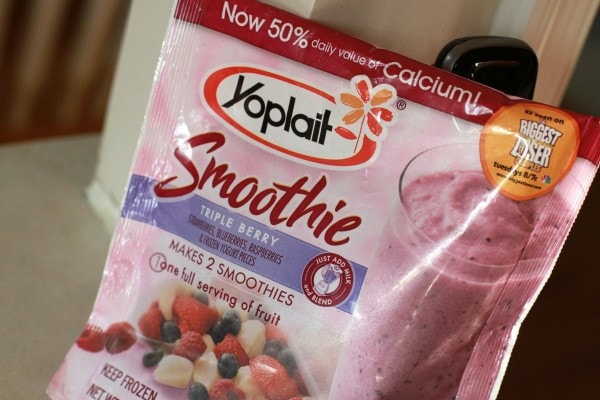
Or consider pancake batter that comes in a squeeze bottle. Even from scratch, pancake batter takes about 5 minutes to put together and the cost is pennies on the dollar.
5) You’re buying non-grocery items at the grocery store.
Grocery stores have a high mark-up on items like seasonal furniture, toys, and other non-grocery items, so it’s usually cheaper to pick them up somewhere else.
6) You’re buying too many beverages.
While food is necessary for survival, the beverages we buy at the grocery store generally are not.
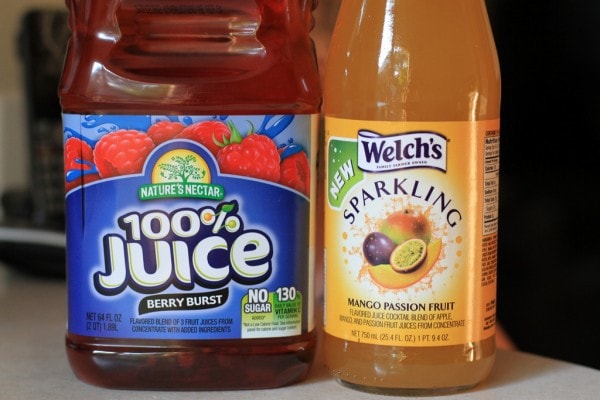
After all, water is really the only thing you need to drink, and you can get that out of your tap.
(If your tap water is nasty, try a pitcher with a filter. It’ll be way cheaper than bottled water.)
If you can’t give up your lemonade, juice, soda, iced tea, kool-aid, at least consider cutting back. These drinks are eating up part of your grocery budget and all you’re getting are (mostly) empty calories.
Drink more water and save your money for food!
7) You’re not buying private-label products.
Store-brand items have come a long way, and if you only buy name brands, you’re missing out on a big opportunity to save.
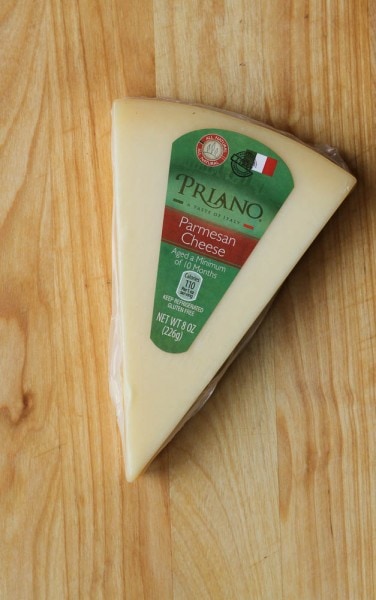
(Aldi Parmesan)
Many store-brand products are actually made by brand-name companies, and most come with a money-back guarantee so you can try the product risk-free.
You’ll probably find a few instances where you really do prefer the name brand, but you’ll also discover plenty of cases where the store-brand works out just fine.
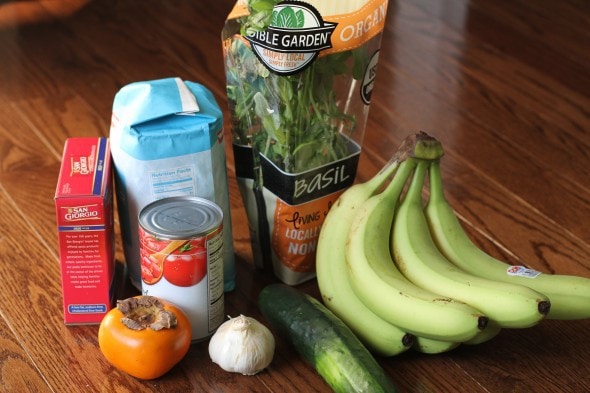

Penny from Boring, OR
Saturday 13th of May 2023
Use math to find unit rates and be aware of how much your typical portions cost. If I know a banana is 50 cents and an apple is 9o cents, I choose a banana for snack more often than an apple. A cup of my favorite tea costs 20 cents and a soda is 50 cents. Even if you simply choose the less expensive option twice as often, you'll save money AND still get to have your favorites some of the time.
Brandy Millington
Wednesday 10th of May 2023
I watch for beef roasts and pork roasts to go on sale then ask the butcher in my local grocery store to grind it or cut the pork loins into chops. HUGE SAVINGS sometimes upwards of $4 a pound.
The same grocer will slice a cooked roast ie: beef, ham, etc. That saves us about $10 a pound in the deli on roast beef…. $6 a pound on ham.
Susan
Wednesday 17th of April 2019
An elderly neighbor and i go to yoga twice a week geared to sr citizens. She likes to eat frozen yogurt so she picks up tons of it when it goes on sale at publix and keeps it in a small freezer. I went along shopping and got the 2 for 1 deals on pasta and sauce
Vy
Tuesday 22nd of May 2018
I make "Fried Rice" a lot, which is basically every type of veggie we have that's just about to go bad, chopped up and fried in a big pan in a bit of your favorite oil. Sometimes I'll add leftover meat. As it's cooking stir in a bunch of cooked rice, sizzle it all up with spices (curry, yum! but almost anything works, experiment!). I make a hole in the middle and crack in 4+ eggs, scramble them up and then stir everything together, serve with soy sauce. You've just saved all your veggies from the compost and fed a ton for cheap (and this freezes well).
Shop local farmer's markets, the freshest, sweetest, best stuff is what's cheapest.
Grow what you can! It's easier than you think, stuff wants to live. Keep trying, you'll get the hang of it. Get a basil plant from in front of your local grocery or hardware store, put it in the sun and keep it moist, you'll have fresh basil all summer long, yummm.
Deidre
Sunday 20th of May 2018
I always spend a lot less when I meal plan but I also eat better too because I can plan to use all of the fresh fruit/veg/herbs & get variety in to my diet. I mainly cook just for me so my tips will not suit everyone but they are: - I realised I was buying more food than I could eat & eating more than I needed so I cut my portions - I make an egg based meal about once a week; super nutritious & cheap - I do not buy in bulk as I would never get through it & once lost a lot with a power outage - I buy spinach/salad leaves loose; they are about 30% cheaper than the bagged kind - I only buy a lettuce if I know I can eat it all - I grew up having soft drink only at parties & never buy it, I drink water & tea - I freeze grated cheeses which can be spooned out from frozen - I cook meals/meal bases & freeze in portions - I freeze curry paste, lemon juice in covered icecube trays - I shop twice weekly or stuff goes bad but I plan the trip with other errands - I will cook a roast & use up the leftovers in the next 2 o 3 meals & freeze the rest sliced up in sandwiches & when I defrost them I add tomato/salad/ etc I buy only good quality on-site bakery made wholemeal multigrain bread & freeze it sliced or in rolls & get a stamp every $5 and 5 stamps gets me a free loaf or 6 rolls, good bread is much better for my health & keeps me going longer so I eat less. - I'm learning cheap meals from around the world that are highly nutritious - I eat a number of vegetarian meals a week - I only buy the exact number of serves of fruit I need during the week ie I try for 2 serves per day - I regularly cook with cheap cuts or mince